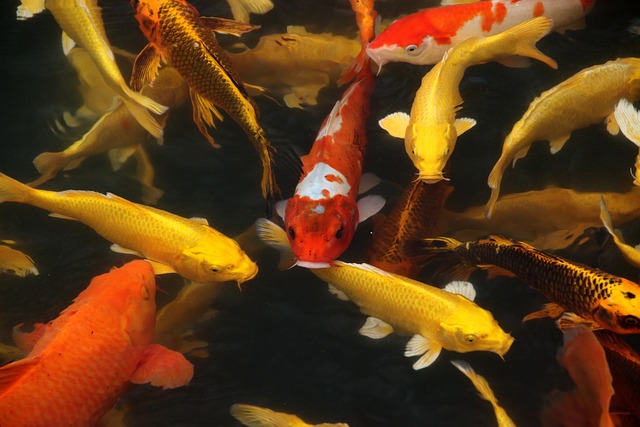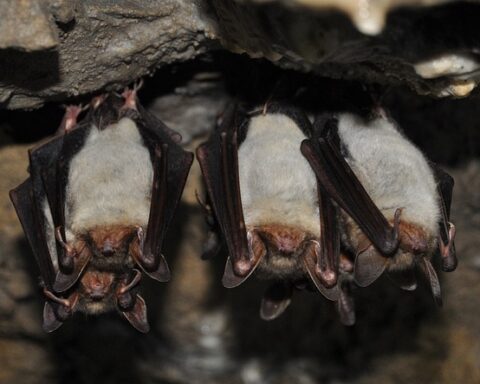If you are a pet enthusiast, you will surely think beyond raising a canine or feline companion at some point. Did you know that 66% of American homes have pets? However, cats and dogs are not the only favorites, as people are embracing an outside-the-box mindset with pet ownership.
A koi fish makes an excellent choice because raising it can be a therapeutic experience. But it’s not just a casual kind of deal. Taking care of these colorful swimmers requires some serious commitment. You need to be ready to bring the koi fish home because caring for it requires space, time, and effort. But it’s easier than you imagine, provided you have clear expectations.
Here are a few signs that you are ready to bring home a koi fish.
Sign #1- You have done your research
Koi fish is a unique pet, so you will probably not find one next door. That means you may have no idea about its care and maintenance. First things first, you must do your research by hitting the books or the internet. Get your research on and learn everything you can about koi care before bringing it home.
From water quality to feeding habits, understanding their needs is crucial. If you’ve been reading koi articles and browsing fish forums, that’s a sign you’re ready for the commitment.

Sign #2- You have got the proper setup
Keeping koi fish requires a proper space and setup. It includes a large pond with proper filtration, aeration, and temperature control because these fish must get ample space to swim around. If you have the space and resources, you can start looking for koi for sale sooner than later.
But remember, it’s not just about the size of the pool. You also need to provide shade and hiding spots for your aquatic companions.
Sign #3- You’re ready for a long-term relationship
Koi fish are in it for the long haul because they can live for decades if well cared for. Adopt them as a pet if you’re ready to commit to a long-term relationship with a new companion.
It becomes a part of your family and grows up with your kids. If you have that commitment mindset, you are good to go.
Sign #4- You are financially ready
Keeping koi can be a financial commitment. From the initial setup costs for their dwelling space to ongoing maintenance expenses, don’t expect anything to be cheap. You should be financially ready to invest in koi-friendly food, high-quality equipment, and regular health check-ups.
Factor in unexpected fish emergencies that can drain your wallet. You should keep the money matters in mind before going ahead with the commitment.
Sign #5-You are a responsible caretaker
Being a koi owner means taking responsibility for your pets, just like a dog parent does. Your pets rely on you for everything, from food to pool hygiene and monitoring their well-being.
Ensure that you are ready to commit to a regular maintenance schedule, provide proper nutrition, and perform water tests. You also need to have that emotional sense of duty and care.
A koi fish is a great pet as it can give you mental peace and emotional calmness. But bring it home only if you are physically, emotionally, and financially ready. Check these signs to decide whether you can give your best.










